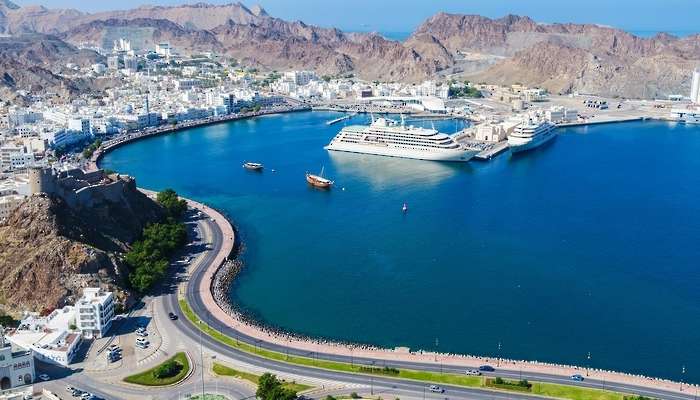
Muscat: The International Monetary Fund (IMF) mission concluded its preliminary meetings with the government of the Sultanate of Oman during the period 21-29 May 2025 within the framework of Article IV consultations for the year 2025.
The Fund’s team and the Omani side discussed the most prominent recent economic developments, fiscal and monetary policies, and structural reform progress in the Sultanate of Oman.
At the conclusion of the visit, the IMF commended Oman’s continued economic expansion, with real GDP growth reaching 1.7% in 2024, up from 1.2% in 2023, primarily driven by strong performance in non-hydrocarbon sectors, notably manufacturing, logistics, tourism, and renewable energy. Growth is projected to accelerate to 2.4% in 2025 and 3.7% in 2026, supported by the gradual lifting of OPEC+ oil production cuts and ongoing economic diversification efforts. Inflation remains contained, recorded at 0.9% year-on-year for the first four months of 2025.
The IMF acknowledged the government’s prudent fiscal stance, with a fiscal surplus of 3.3% of GDP in 2024, despite increased investment in infrastructure and essential public services. The surplus is expected to moderate to an average of 0.5% of GDP during 2025–2026, reflecting lower oil prices, but is forecast to strengthen over the medium term.
In the area of fiscal management, the IMF noted the reduction in public sector debt to 35.5% of GDP in 2024, alongside a continuing commitment to fiscal reforms and investment in priority sectors. Structural reforms across the public sector, including improvements in State Owned Enterprises (SOEs) governance by Oman Investment Authority.
The IMF confirmed that Oman’s banking sector remains robust, supported by strong asset quality, ample capital and liquidity buffers, and sustained profitability. Private sector credit growth continues to be solid, underpinned by an expanding deposit base and a positive net foreign asset position. The IMF also welcomed the CBO’s continued progress in enhancing its liquidity management framework, alongside broader financial sector initiatives aimed at expanding access to credit and deepening financial inclusion.
The external sector also performed positively, with a current account surplus of 2.2% of GDP in 2024. While a temporary shift to a modest deficit is projected in 2025–2026 due to softer oil prices and slower export growth, the balance is expected to return to surplus as hydrocarbon output gradually ramps up.
The IMF further recognized Oman’s steady progress in implementing structural reforms. These include tax administration modernization by Oman’s Tax Authority, operational success of Future Fund Oman in mobilizing private capital, and active efforts to develop the renewable energy sector, including green hydrogen initiatives. The upcoming 11th Five-Year Development Plan (2026–2030) will build on these gains to accelerate economic diversification under Oman Vision 2040.
The Central Bank of Oman expressed appreciation for the IMF’s positive assessment and remains committed to maintaining financial stability, advancing banking sector resilience, and supporting the Sultanate of Oman’s vision for a diversified and sustainable economy.
---Ends/AG